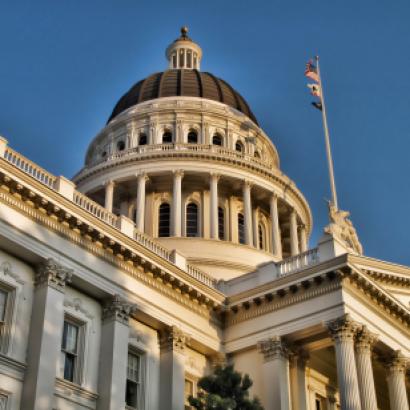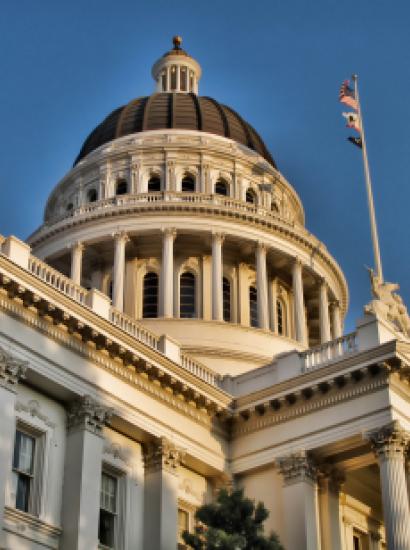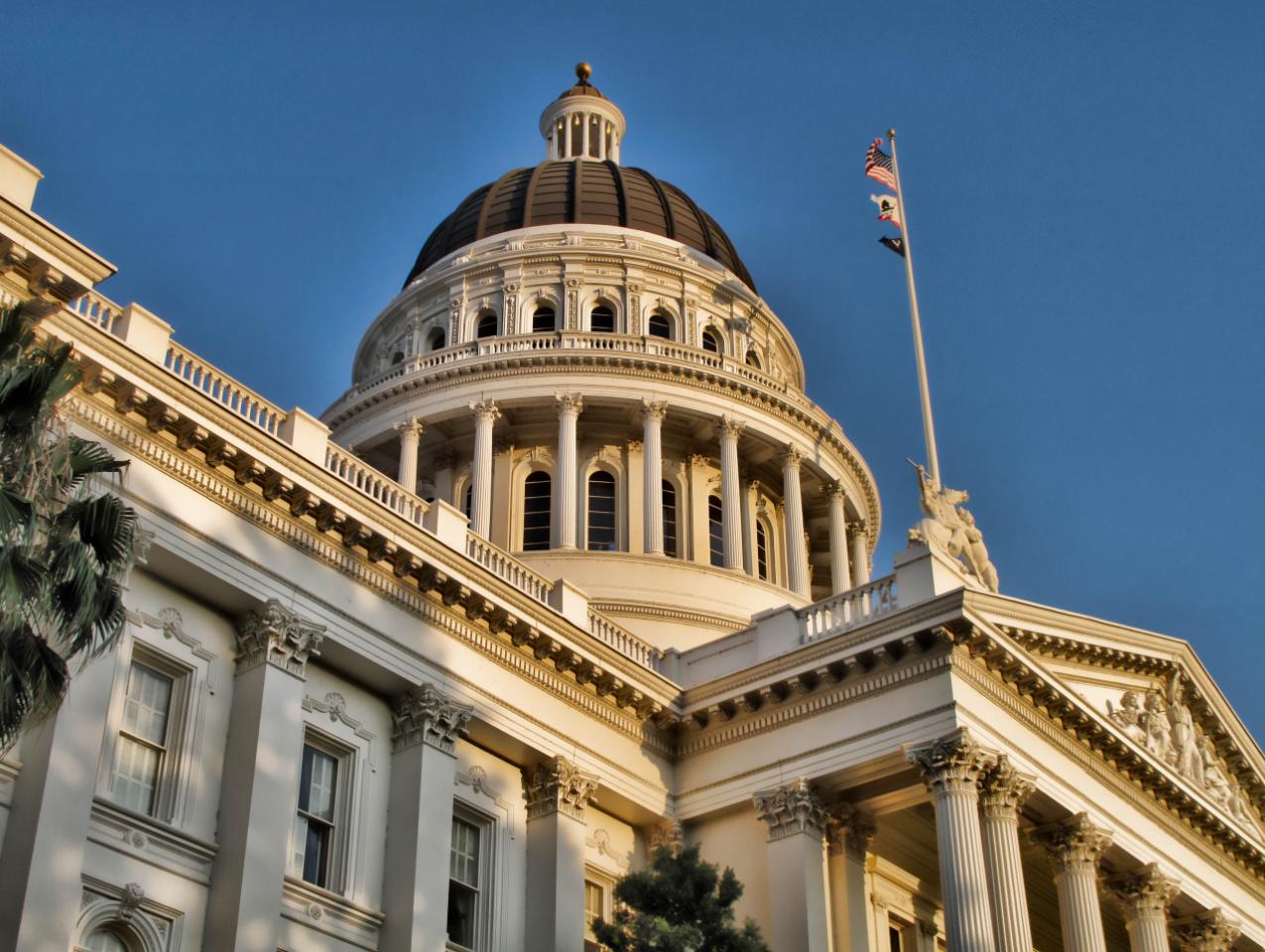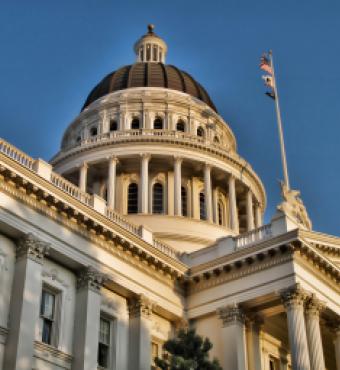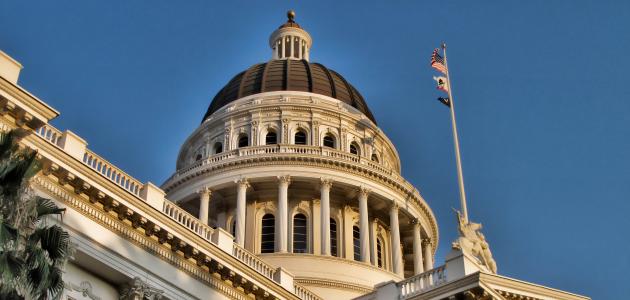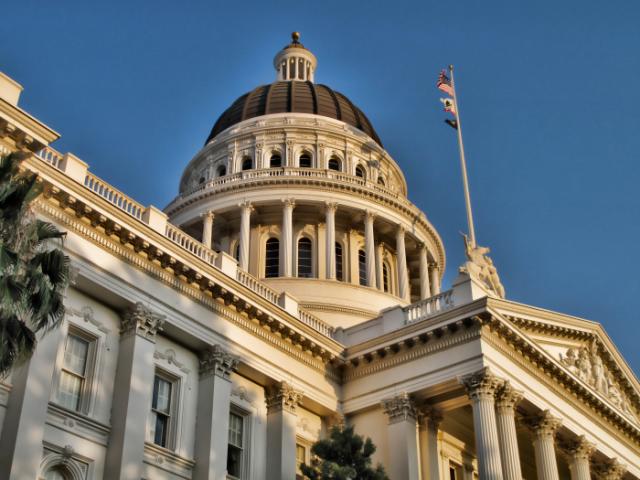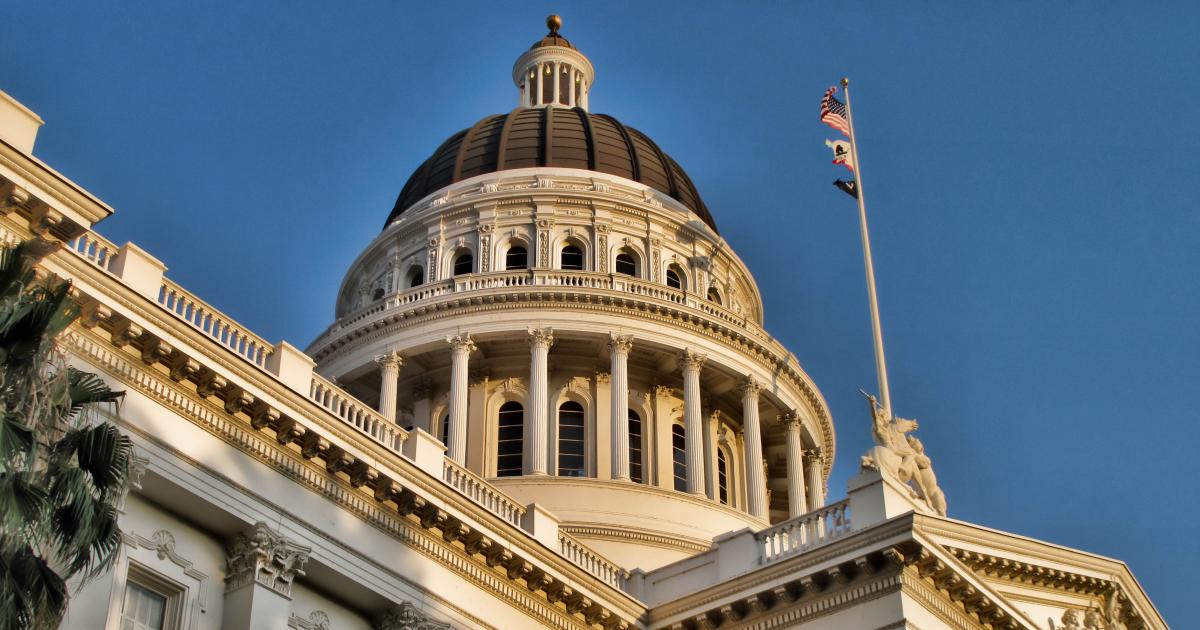For the last five years, my Hoover colleague Bill Whalen and I have written about the economics of California, its state policies, and its state politics in this column. Before I began writing California on Your Mind, I knew that some California economic policies were poorly designed and creating significant waste and dysfunction. But it wasn’t until after I began studying these issues in detail that I found out just how badly California is politically managed. The problems are so numerous, so glaring, and so costly, that I thought California politicians would self-correct. I was wrong.
Every major policy error I have observed has become worse in the last five years, including budget waste, the failure of politicians to prioritize what Californians want, the lack of oversight and accountability within state and local government, and a deepening of the costly symbiosis between state politicians and the political interest groups who lie at the center of nearly all of California’s policy failures. And this nexus will preserve California’s deeply flawed policy status quo until voters decide that they have had enough.
Overpayment and waste within state government is considerable, and it largely reflects the lack of incentives for state agencies to be efficient and the lack of accountability when they make costly mistakes. California’s state budget has grown over 50 percent in the last five years, rising from $201 billion in 2018–19 to $311 billion this fiscal year, totaling nearly $24,000 per California household. Despite this budget, I doubt one could identify any major activity or department within state government that performs at a high level and is operated at a reasonable cost.
State employee compensation is one major cost component that appears to be too expensive. State workers on average received about $143,000 in total compensation in 2019, roughly twice as much as private-sector compensation that year. This reported difference is too low, however, because public-sector pension contributions are understated, prefunding of public-sector retirement health benefits are not included in compensation, and the value of additional public-sector compensated days off is not included. A state public-private compensation comparison has not been performed since 2019, but average state worker compensation today could be as high as $170,000 if it kept up with inflation.
One reason state government compensation significantly exceeds private-sector compensation is because few public-sector agencies seriously benchmark their compensation practices to those in the private sector. Private-sector compensation is disciplined by the value created by their employees. In a competitive marketplace, private-sector employers need to pay enough to attract the talent they seek but will suffer losses if they overpay. These compensation dynamics are largely absent in the public sector, which leads to public-sector workers receiving higher compensation than they would in the private sector. For example, average compensation in California’s Highway Patrol was $209,000 in 2019. For comparison, total compensation in the highest paying private-sector industry in the country (utilities) averaged about $128,000 in 2019. This is for an industry that is extremely capital intensive and that tends to hire highly skilled specialists. In contrast, the primary requirements for becoming a highway patrol officer are high school graduation or equivalent, a valid California driver’s license, and no felony convictions. The reason highway patrol employees receive such high compensation is because they are represented by a powerful union, and there are inadequate incentives within state government to do anything other than agree every three years to the union’s lucrative collective bargaining agreements.
The same issue holds for many other state workers, including California state prison guards, who earn twice as much as prison guards in the rest of the country and who are also represented by a powerful union. Total compensation for a senior prison guard exceeds $200,000 annually, but this compensation doesn’t include overtime. In 2021, overtime pay within the prison system totaled over $500 million, reflecting union contracts that provide generous overtime rates. But the cost to taxpayers goes beyond inflated prison system salaries, because the prison guard union effectively fights prison reforms, ranging from those that would rein in the behavior of corrupt guards to those that would enhance job training and rehabilitation of inmates, which in turn would help support their social transition and job prospects after leaving prison.
The significant waste within state government reflects poor decision making by state agencies, which can have disastrous effects. One example is California’s Employment and Development Department (EDD), which is responsible for the administration of state unemployment benefits. The EDD manages this activity using a patchworked mainframe computer from the 1980s, running software originally developed in the 1950s. The system has long been susceptible to fraud, which was successfully managed using third-party software that was costing about $1 million per year—about 0.5 percent of the department’s budget. But the department chose to discontinue the software because of its cost. This led to over $30 billion in fraudulent unemployment claims being paid during the height of the COVID pandemic, and many legitimate claims affecting nearly one million workers being held up for months. To benchmark the size of this fraud, it is about 50 percent larger than the annual budget of Tennessee, the country’s 15th largest state.
Why is the EDD running an ancient IT system that can’t reliably detect fraud or pay legitimate claims on time? Because there are inadequate incentives and accountability within the department. The EDD has performed poorly for years and has been the subject of five audits in the last decade, but those audits have had little if any effect. Sharon Hilliard, who directed California’s EDD during the pandemic, had been working at the EDD for 37 years, having started at the age of 19. She had been steadily promoted to the top in an agency that had become increasingly antiquated and inefficient during her tenure. No one within state government ever asked whether she was qualified to lead the agency, because it was simply easier to continue to run the EDD on autopilot.
But the saga of the EDD didn’t end when the public health emergency did. The fraudulent payments led the state to take out a loan from the federal government to replenish the state’s unemployment funds—a loan the state subsequently defaulted on earlier this year. Federal unemployment insurance law transfers the state’s liability to California’s private businesses, which now must pay higher unemployment taxes for years to pay off the state government’s debt. The EDD is now the subject of a House of Representatives Oversight Committee investigation, in which the agency appears not to be complying with the committee’s document requests.
California’s high-speed rail is perhaps the most striking example of the state’s pet political spending that provides no value to Californians. In 2008, voters were promised a transportation system that would connect Northern with Southern California and the Central Valley with the coast, with trains traveling over 200 miles per hour, at a cost of about $33 billion, to be built by 2020. Voters agreed to a $9.95 billion bond issue for seed money in 2008, with the expectation that private investment would be forthcoming.
Fifteen years later, the taxpayer seed money has been spent, and costs have increased to the point that the original $33 billion budget will not be enough to complete even a route between Bakersfield and Merced, which is perhaps more than a decade away—if it were to be completed at all. The project has never attracted private funding, as it has been plagued by mismanagement, lawsuits, and neglected oversight. Nearly all aspects of the project’s management were turned over to consultants who were among the project’s largest political supporters in 2008.
The project should never have even been initiated after reports from the state Legislative Analyst’s Office in 2008 and 2009 showed that the original business plan and subsequent plans were deficient, including a failure to account for project risks and their mitigation, how funds would be secured, the allocation of costs, what methods were used to forecast ridership, the type of equipment to be used, an estimated date of completion for environmental reviews, or a ridership break-even point.
Even HSR’s most ardent defenders admit that the project requires substantial federal funding if it is to ever have a chance, but the current makeup of the House of Representatives is likely to object, given the project’s enormous delays and cost overruns. The vision sold to voters in 2008 has become a fantasy, yet the state’s Democratic party continues to fund what has become a pet project, with no path to completion. There is so little accountability within the state that lawmakers don’t feel the need to explain the failures of HSR to their constituents. The State Senate’s Transportation Committee hasn’t issued a report on HSR since 2016, and the State Assembly’s Transportation Committee has no documents on HSR.
California’s K–12 public education system is the most illustrative of the damage created by relationships between state policymakers and political interest groups. Over 75 percent of California students lack proficiency in math or reading, despite a $128 billion state education budget that exceeds the entire budgets of most states. And as the system fails to educate our children, the state’s Department of Education threatens to sue education experts who would testify against the department for this failure.
Education in California fails because there are inadequate incentives and accountability within the system. Teacher tenure is frequently awarded after only 18 months of teaching, and it is extremely costly to fire a tenured teacher for poor performance. Education economists have estimated that replacing the worst teachers from California classrooms would substantially boost the achievement and future lifetime earnings of students. Teacher compensation is divorced from teacher effectiveness within unions’ collective bargaining agreements, which means that highly performing teachers are not financially rewarded. But modifying teacher tenure rules or implementing merit-based pay have been impossible to implement within California K–12. And this is entirely because of the close relationship between state politicians and teachers’ unions.
In 2018, two Democrats—Tony Thurmond and Marshall Tuck—ran for the office of state school superintendent. Tuck was a reform candidate who had turned around several failing schools in Los Angeles within just one year, by implementing modest reforms. Thurmond had no experience running a school and was the candidate supported by California’s education establishment. In August 2018, just three months before the election, Tuck addressed the California State Democratic Party annual convention about his ideas to improve California schools. But he was shouted down until his time to speak had expired. He couldn’t say one word. If he had been permitted to speak, he would have explained his ideas about creating lifelong training programs for teachers, raising pay for teachers and principals in poor communities, and rewarding teachers based on their performance.
But any change to the status quo is anathema to education interest groups and the politicians they support. Those who pay the ultimate price for this are the three out of the four children who go through our K–12 classrooms without learning enough to succeed in the world that they will inherit. It is not as if we don’t know how to teach our kids. One extremely successful California charter school is achieving outstanding learning outcomes by giving teachers the flexibility they need and by eliminating confrontational union-management relationships. The blueprint is there for us to follow. If we did, we could immediately improve the lives of over five million children. It is hard to imagine anything sadder within the realm of our state policies that we don’t.
I had hoped that California’s political leaders would implement sensible policy reforms that would benefit so many Californians, particularly the 13 million people within the state who live in or near poverty, whose children suffer from the worst schools, who try to manage on an annual household income of $41,000 or less per year for a family of three.
But after watching California policies and politics up close for the last five years, I now realize that my hope that California’s politicians would self-correct was so wrong. California’s policy failures won’t be resolved, because that would mean California politicians breaking away from the interest group status quo cocoons that they are so fully enmeshed within. These include a powerful environmental lobby that blocks policy reforms that would increase California’s water supply and reduce building costs to create more housing; and a host of unions that block the implementation of market-based pay and work rules to enhance worker efficiency, as well as other reforms.
The policy reforms are there for the taking. Policies that would create better schools, less costly housing, better roads, more water, and lower energy costs. But those reforms will sit on the shelf until voters choose differently. I hope in another five years that I will be able to write that voters did just that.








